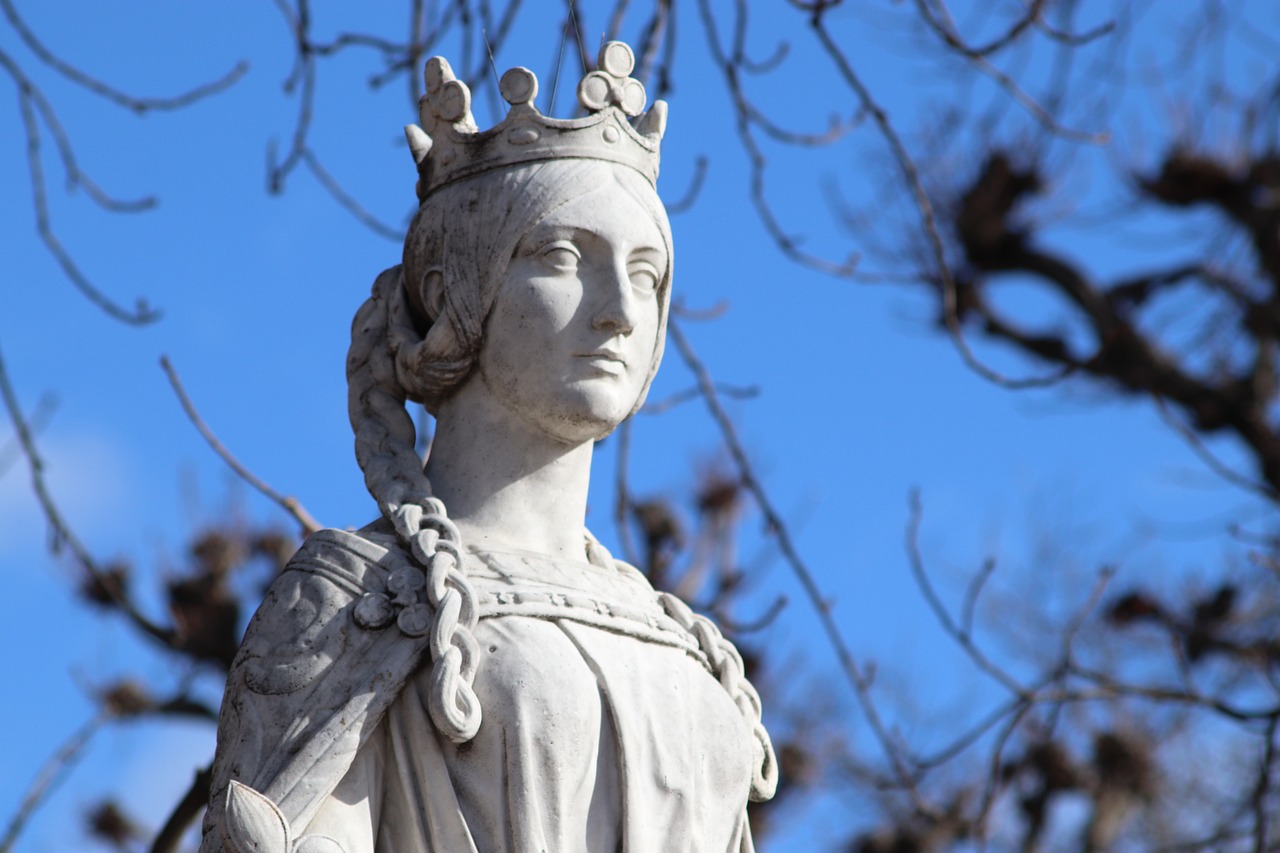The custom of repeating certain verses in the Megillah (i.e. the congregation reads the verse before the reader) dates back at least to the Gaonic period (8th–11th c.). References to it are found in the Siddur of R. Sa’adia Gaon (early 10th c.) and another Gaonic teshuvah [response], as well as many later sources. The question of which verses to repeat, or whether to repeat verses at all, is to be decided by each community (Orhot Hayyim, Megillah 30). The only necessary stricture is that the reader must repeat each verse after the congregation, so that everyone hears the entire Megillah read from a scroll.
A variety of explanations were provided post-facto for the custom of repeating verses, including: to make the Megillah reading more fun for children; to prompt children to ask questions and learn more about Purim (like the various elements of the Passover seder designed to provoke questions about the Exodus from Egypt); to keep people awake; to increase joy and celebration; and to proclaim the miracle of Purim.
Although customs varied somewhat during the Medieval period regarding which verses to repeat, four verses were eventually settled upon, three of which focus on Mordechai at various points in the Purim story (2:5, 8:15, 10:3) and one of which describes the general joy of Shushan’s Jews upon being saved (8:16). A variety of explanations were offered regarding the selection of these specific verses, again post-facto (i.e. explaining an
already existing custom, rather than providing a reason for a new practice). These explanations include: highlighting the beginning, climax, and end of the story; repeating the last verse to alert people that the final blessing is about to be said, perhaps since its recitation requires a minyan according to some opinions; a suggestion that, according to one opinion, one is only obligated to read the Megillah starting at 2:5; honoring Mordechai as the one who brings about the miracle of Purim.
This final explanation seems to be the most tenuous in some ways, since the original verses mentioned by R. Sa’adia Gaon included only 8:16 (about the general celebration in Shushan) and 10:3 (the final verse of the Megillah). Nonetheless, the custom has the effect for some people of highlighting Mordechai as the hero of the Purim story. Since it is Esther who risks her life to save the Jewish people, some communities have begun to expand the tradition by having the congregation repeat verses about Esther as well. We are excited to institute this practice in our community.
First repeated verse
אִישׁ יְהוּדִי, הָיָה בְּשׁוּשַׁן הַבִּירָה; וּשְׁמוֹ מָרְדֳּכַי, בֶּן יָאִיר בֶּן-שִׁמְעִי בֶּן-קִישׁ–אִישׁ יְמִינִי
2:5 In the fortress Shushan lived a Jew by the name of Mordechai, son of Ya’ir son of Shim’i son of Kish, a Benjaminite.
This verse serves to introduce Mordechai, who comes on the scene as a common person with little fanfare in the text itself, but who later becomes a hero of the story. Repeating this verse foreshadows the important role he will later play. The parallel verse with regard to Esther is:
וַיְהִי אֹמֵן אֶת-הֲדַסָּה, הִיא אֶסְתֵּר בַּת-דֹּדוֹ–כִּי אֵין לָהּ, אָב וָאֵם; וְהַנַּעֲרָה יְפַת-תֹּאַר, וְטוֹבַת מַרְאֶה, וּבְמוֹת אָבִיהָ וְאִמָּהּ, לְקָחָהּ מָרְדֳּכַי לוֹ לְבַת
2:7 He was foster father to Hadassah – that is, Esther – his uncle’s daughter, for she had neither father nor mother. The maiden was striking and beautiful; and when her father and mother died, Mordechai adopted her as his own daughter.
Second repeated verse
וּמָרְדֳּכַי יָצָא מִלִּפְנֵי הַמֶּלֶךְ, בִּלְבוּשׁ מַלְכוּת תְּכֵלֶת וָחוּר, וַעֲטֶרֶת זָהָב גְּדוֹלָה, וְתַכְרִיךְ בּוּץ וְאַרְגָּמָן; וְהָעִיר שׁוּשָׁן, צָהֲלָה וְשָׂמֵחָה
8:15 Mordechai left the king’s presence in royal robes of blue and white, with a magnificent crown of gold and a mantle of fine linen and purple wool. And the city of Shushan rang with joyous cries.
The verse describes Mordechai as a decorated hero at the climax of the Purim story – Haman has been hung, and the king has given the Jews permission to defend themselves on the day previously set aside for their annihilation. There is no parallel verse about Esther in the Megillah; so instead we recite the verse highlighting Esther’s most heroic moment in the Purim story, when she decides to risk her life to save her people by
appearing before the king uninvited. The practice of reading the last three words in Eikhah [Lamentations] trope also highlights this verse as her key heroic moment.
לֵךְ כְּנוֹס אֶת-כָּל-הַיְּהוּדִים הַנִּמְצְאִים בְּשׁוּשָׁן, וְצוּמוּ עָלַי וְאַל-תֹּאכְלוּ וְאַל-תִּשְׁתּוּ שְׁלֹשֶׁת יָמִים לַיְלָה וָיוֹם–גַּם-אֲנִי וְנַעֲרֹתַי, אָצוּם כֵּן; וּבְכֵן אָבוֹא אֶל-הַמֶּלֶךְ, אֲשֶׁר לֹא-כַדָּת, וְכַאֲשֶׁר אָבַדְתִּי, אָבָדְתִּי
4:16 “Go, assemble all the Jews who live in Shushan, and fast on my behalf; do not eat or drink for three days, night or day. I and my maidens will observe the same fast. Then I shall go to the king, though it is contrary to the law; and if I am to perish, I shall perish!”
Third repeated verse
This verse describes the joy of the Jewish people upon having been saved, thanks to the heroic actions of both Mordechai and Esther.
לַיְּהוּדִים, הָיְתָה אוֹרָה וְשִׂמְחָה, וְשָׂשֹׂן, וִיקָר
8:16 The Jews enjoyed light and gladness, happiness and honor.
Fourth repeated verse
כִּי מָרְדֳּכַי הַיְּהוּדִי, מִשְׁנֶה לַמֶּלֶךְ אֲחַשְׁוֵרוֹשׁ, וְגָדוֹל לַיְּהוּדִים, וְרָצוּי לְרֹב אֶחָיו–דֹּרֵשׁ טוֹב לְעַמּוֹ, וְדֹבֵר שָׁלוֹם לְכָל-זַרְעוֹ
10:3 For Mordechai the Jew ranked next to King Ahashveirosh and was highly regarded by the Jews and popular with the multitude of his brethren; he sought the good of his people and interceded for the welfare of all his kindred.
The final verse of the Megillah glorifies Mordechai in a broader context than just his role in the Purim story. The final verse of Ch. 9 is a fitting parallel for Esther: it concludes the passage describing her legacy of establishing the holiday of Purim in perpetuity for the Jewish people.
וּמַאֲמַר אֶסְתֵּר–קִיַּם, דִּבְרֵי הַפֻּרִים הָאֵלֶּה; וְנִכְתָּב, בַּסֵּפֶר
9:32 And Esther’s ordinance validating these observances of Purim was recorded in a scroll.
© Julia Andelman, 2006/5766; used by permission of the author;












